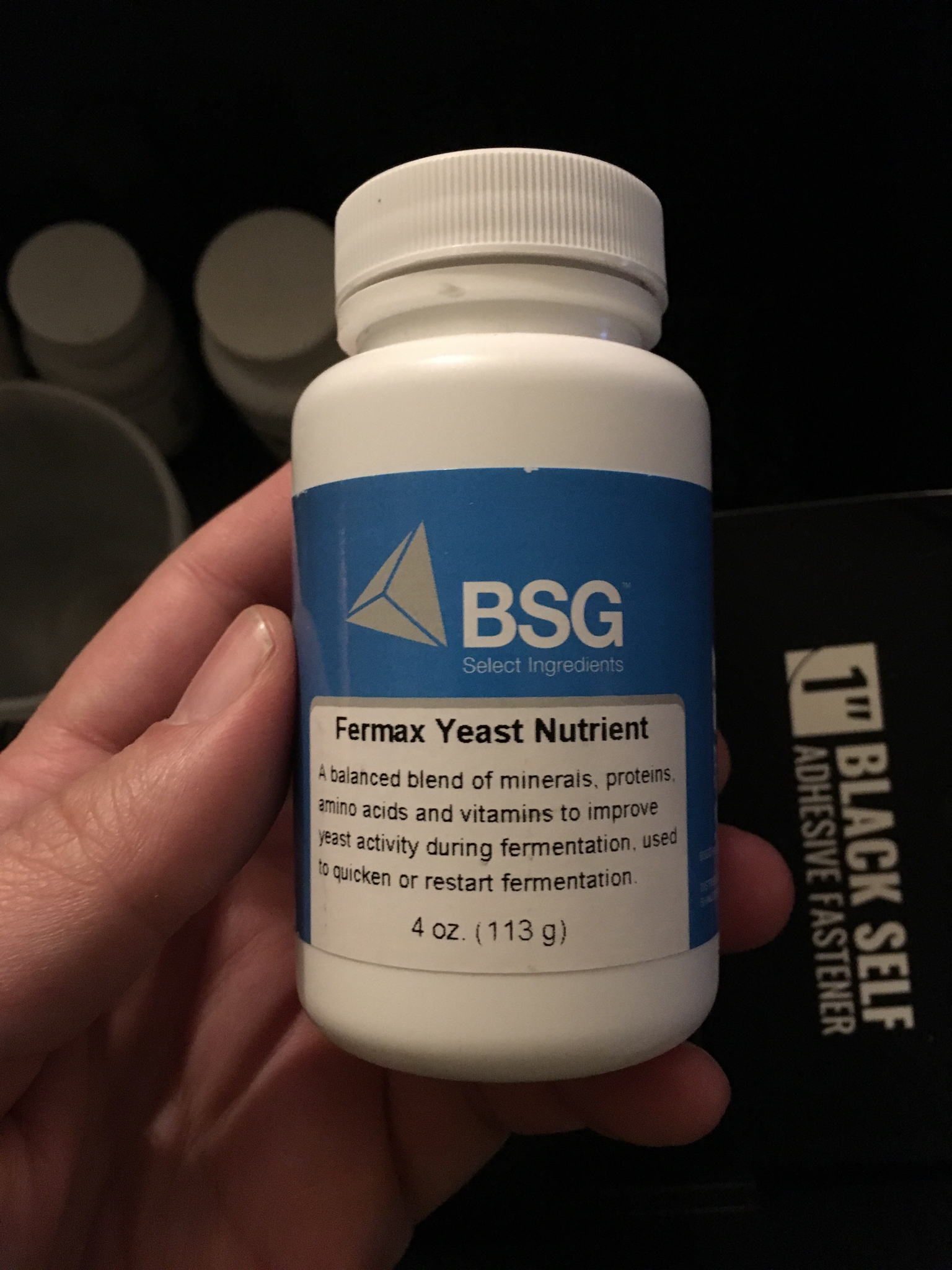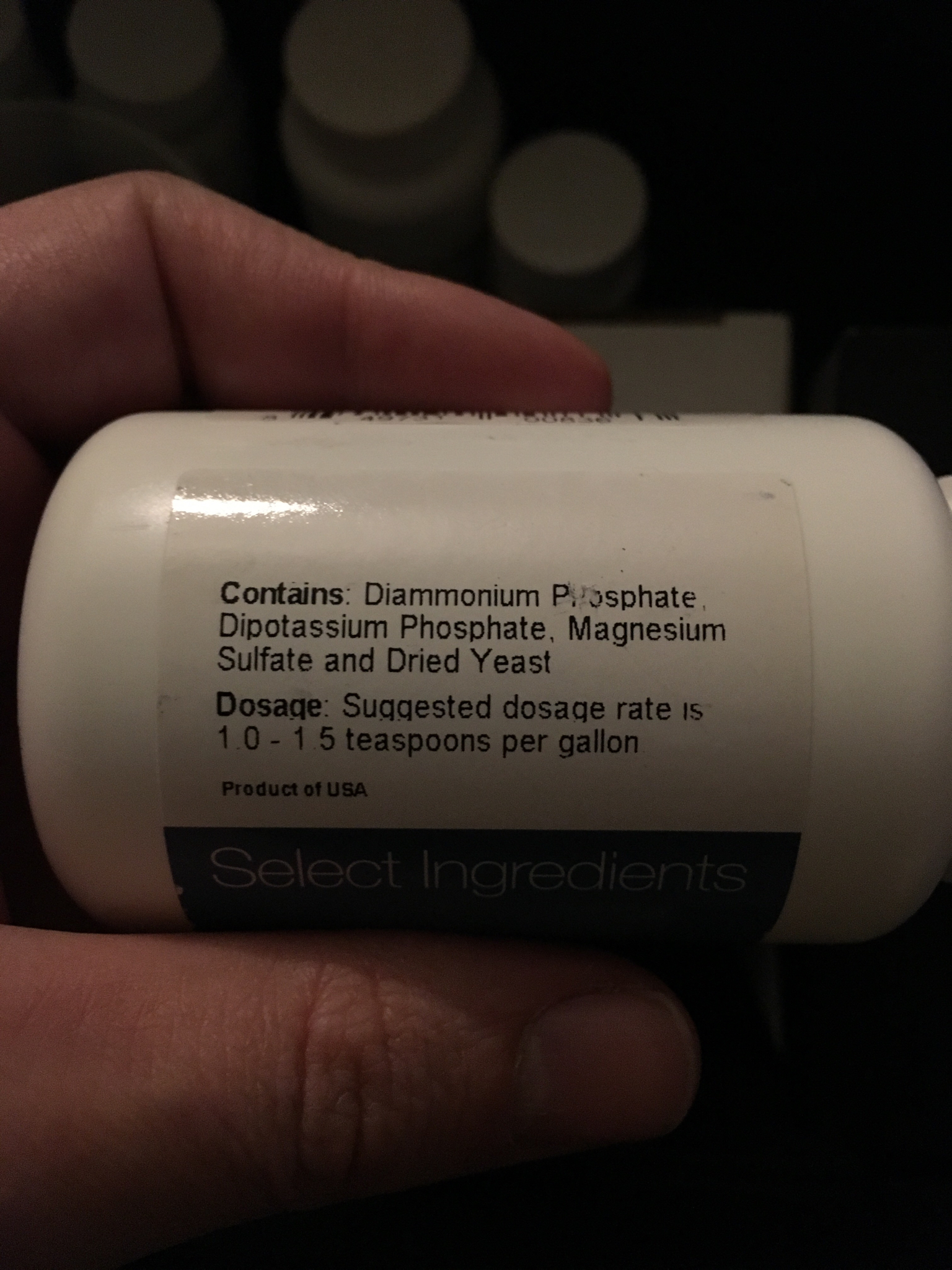That’s about 4 times the recommended amount. You added quite a bit of zinc and additional sulfate.
I would guess that the metallic flavor may be coming from the levels of manganese contributed by overdosing the yeast nutrient. IIRC, 1/2 tsp per 5 gallons gives 0.5 ppm Mn, and 1 ppm is the taste threshold. So at close to 4 times the recommended dose, you may very likely be getting the metallic flavor of manganese.
The recommended dose is 1 teaspoon per gallon as per the instructions on the bottle. It is BSG yeast nutrient, diammonium phosphate intended for wine.
That seemed high to me so I looked it up and most people use 1-2 teaspoons for a 5 gallon batch of beer so I followed those recommendations.



























































